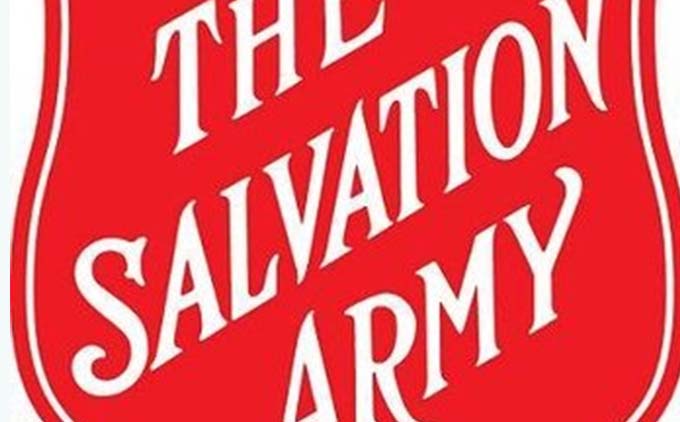Kariba Dam water levels improve

Walter Nyamukondiwa
Kariba Bureau
Water levels are rising early in Lake Kariba as runoff from nearby areas starts flowing in and the first signs are seen of greater inflows from the upper catchment, allowing zesa to increase significantly generation of cheap hydro power to an average of 400 megawatts.
The water levels are rising earlier than normal. The bulk of water in Lake Kariba comes from runoff in eastern Angola and north-west Zambia, with only minor tributaries feeding the lake in north-west Zimbabwe and south-west Zambia. But this year runoff has already been higher, and increased water flows from the upper catchment have already started flowing over the Victoria Falls, several weeks earlier than usual.
This has allowed the Zambezi River Authority (ZRA) to set annual water allocations of 30 billion cubic metres (30 cubic kilometres) for power generation at Kariba South and Kariba North power stations.
This is enough to generate on average 800MW, divided equally to give zesa and zesco of Zambia an average of 400MW each. Each utility can vary its output, so long as they remain within the ration, so zesa, for example could push Kariba South to its full 1050MW during peak hours, but cut right back to say 100MW in the middle of the night to maintain the average.
The increased ration is good news for zesa and for Zimbabwean consumers as it takes pressure off for further tariff rises. Operational costs for generating at Kariba South are low, made up of spare parts, other maintenance and staff costs, although zesa does have to make provisions for capital costs, such as the recent expansion of the station, but even then these are now spread over more units being generated.
Zesa’s final tariffs are derived from a mix of cheap hydro, more expensive thermal (since coal has to be bought and burned) and expensive imports. Putting more cheap hydro into the mix thus reduces the average costs.
Owing to low rainfall in the 2018-19 season water allocation was reduced to 22 billion cubic metres before it was marginally increased after higher inflows from the main upper catchment.
But rainfall across Sadc is good and already there are notable increased flows at Chavuma in northern Zambia and at Victoria Falls gauging stations, which will see the main flows coming into Kariba earlier. There is plenty of room still at Lake Kariba to hold the major flood flows.
The big floods are normally expected mid to end of February.
According to the latest readings from ZRA, flows have increased and are expected to reach Lake Kariba towards the end of January owing to a month-long time lag.
ZRA chief executive Engineer Munyaradzi Munodawafa said the authority would maintain water allocation of 30 billion cubic metres for next year.
But he was excited over the lake already rising. “The lake levels, which should generally be decreasing at this time of the year, has recorded a steady rise due to increased rainfall activity on and around the Lake, leading to a lake level of 478.31m (19.59 percent usable storage) on 22nd December 2020.
“Last year on the same date, the Lake level was lower at 476,76m (8.70 percent usable storage). The lake level on 22nd December 2020 was therefore 2,81 metres above the Minimum Operating Level (MOL) of 475,50m.”
The allocation of water for power generation could be increased depending on the hydrological outlook of the Kariba Catchment.
ZRA manages the waters along the section of the Zambezi River that forms a common border between Zambia and Zimbabwe to promote socio-economic development.
Flows at Chavuma Gauging Station have increased to 393 cubic metres a second as of yesterday from 207 cubic metres a second recorded on the same day last year.
At Victoria Falls Gauging Station, flows have been increasing steadily due to increased local rainfall activity, closing the period under review at 513 cubic metres a second compared to 302 cubic metres a second on the same date last year.








Comments